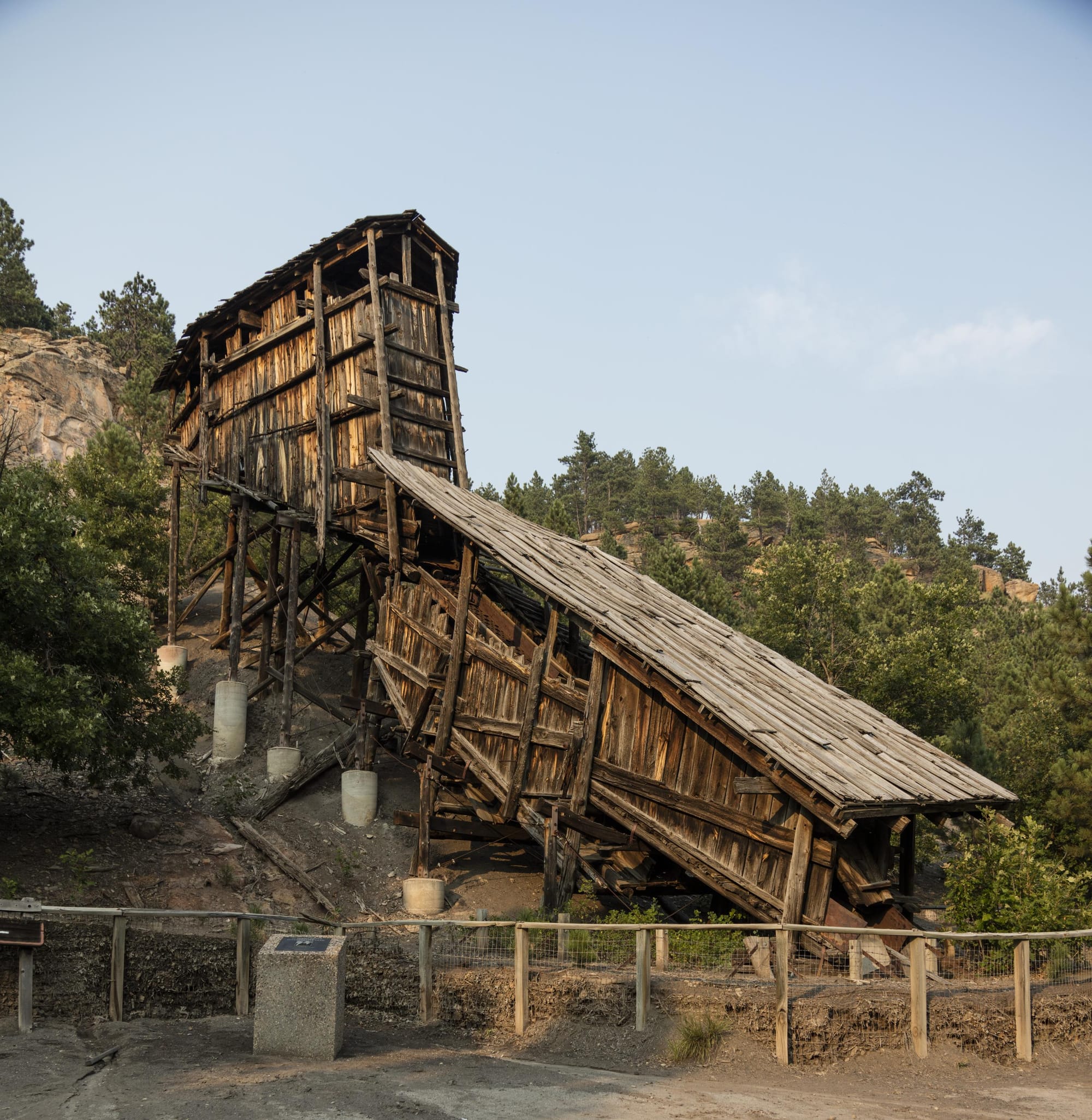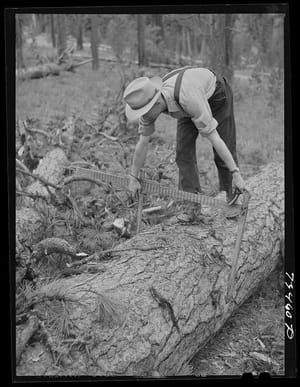It must be a little bizarre to folks who aren't parents of young kids, but boy, it really is nice to sink back into a routine during these first few weeks in September. To wit: I have links to share with you!
SPONSORED.
- This week Baukunst released Contours of CAD and AI, a report exploring how emerging AI and machine learning techniques will shape the way we design and build the world around us. Contributors include founders/execs from startups and established players like Autodesk, PTC, Vention, Simscale, nTop, Solidworks, and Onshape. Baukunst is a collective of creative technologists building companies at the frontiers to technology and design, and leads pre-seed investments out of their inaugural $100M fund.
Read the full report here.
SCOPE CREEP.
- Among other things, I’m now reading When We Cease to Understand the World, Benjamin Labatut’s 2020 book “about the complicated links between scientific and mathematical discovery, madness, and destruction.” I’m reading this with Scope of Work’s Members’ Reading Group, which picks books democratically, meets on Thursdays at noon ET to discuss a couple of chapters at a time, and (usually) gets the author to join us for a discussion when we’ve completed the book. You can join us by becoming a Member yourself here.
- A couple of interesting job listings:
- A tipple is a structure, placed at the mouth of a mine, in which mined materials are loaded into (typically) a railroad car. Material is often brought to a tipple in mine carts (basically miniature railroad cars), which are then tipped over so that their contents are dumped through a set of screens, sorting it into different grades. Here is a picture of the Aladdin Coal Tipple, one of the last surviving tipples in the US:

- The Nipigon River Bridge is a cable-stayed bridge on the Trans-Canada Highway in Northwestern Ontario. With a length of 252 meters it is not particularly impressive for its size, but its latitude (just north of Lake Superior, where temperatures might stay below freezing from November through March) and its place in Canadian road infrastructure (the Nipigon River Bridge is apparently the only paved connection between eastern and western Ontario, making it the only paved connection between eastern and western Canada) make it a critical piece of infrastructure. The bridge was built in the twenty-teens, replacing a simpler structure whose demolition won the World Demolition Award in 2016. By this time the new bridge had already experienced a serious failure: As a result of design and installation errors forty bolts failed, allowing the western span of the bridge to lift sixty centimeters off of the concrete abutment on which it’s supposed to rest.
As a side note, the 2024 World Demolition awards are coming up: They will be held on 2024-11-07 in Stockholm, Sweden. - If you are hiking the Appalachian Trail, it is apparently tradition to have your photograph taken at the Appalachian Trail Conservancy’s headquarters in Harpers Ferry, West Virginia. The Appalachian Trail Conservancy (ATC) hosts an online repository of such photographs, which you can search here.
According to the ATC, from 1979 until 2008, these photos were taken on a Polaroid camera. Among other cameras, Polaroid made the SX-70 from 1972 until 1981. It was intended to be carried around in a pocket, then pulled out and snapped open with a mechanical ka-chunk that can be seen repeatedly in this promotional and explanatory “short film” made by Charles and Ray Eames. And here, Marques Brownlee unboxes an old SX-70 and gives a contemporary assessment of a couple other Polaroid cameras. - Pete Wells on the resurgence of the wet martini, an until-recently taboo cocktail which I’m proud to say that I’ve enjoyed a variation on for years.
- Imagine you’ve cut down a big tree and want to sell it for lumber. The very top of the tree you mulch or burn along with its limbs and leaves, after which you’d be left with a long, tapered cylinder — a rough conical frustum, fatter on the bottom and thinner on top. You want to sell this to a sawmill, which probably prices wood by the board foot, a pragmatic unit that is based on the idea that ultimately, a lot of wood is sold as boards.
So, you need to estimate how many board feet are in your log; you need to scale your log.
The USDA’s National Forest Log Scaling Handbook states that log scaling is “not guessing; it is an art founded on applying specific rules in a consistent manner.” You look at your rough conical frustum of cellulose and lignin. For a very rough estimate you could simply find the largest cylinder that would fit within it, and then guess at how that cylinder would be cut up into boards; the Scribner Decimal C scale works this way. But since it does not account for taper for logs up to forty feet long, Scribner tends to underestimate their volume – and also results in “irregular jumps in volume from diameter to diameter and length to length.” This creates weird incentives, as “the scaled volume of a tree may be increased by cutting shorter logs from it.” The International ¼ Inch Rule, on the other hand, “assumes one inch of taper in each eight feet of length and scales the log in 4-foot sections.” For this reason the International ¼ Inch Rule tends to be more accurate, increasing revenue for loggers and decreasing overrun (the difference between a log’s scaled volume and the actual number of boards cut from it) for the sawmill. - A photo tour of the Bibliothèque Centrale de Montréal, a marble-clad library whose (structural!) Snead bookshelves are now being used to house a large collection of costumes from the CBC.
- I have now read and re-read Joan Didion's 1977 essay Holy Water maybe a dozen times, and yesterday I had the pleasure of chatting about it with the SOW Members' Reading Group. After our conversation I finished writing my own reflections on the essay:
Read the full story
The rest of this post is for paid members only. Sign up now to read the full post — and all of Scope of Work’s other paid posts.
Sign up now
Already have an account?
Sign in


